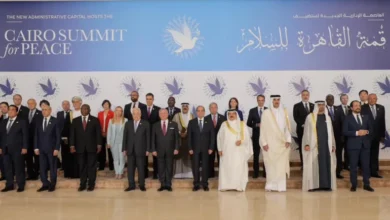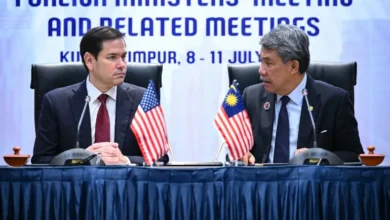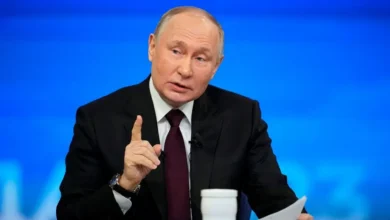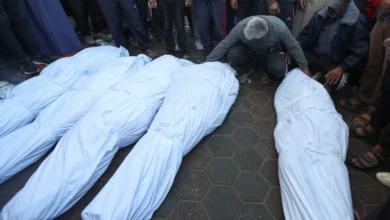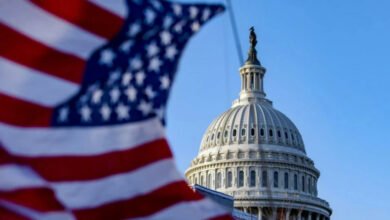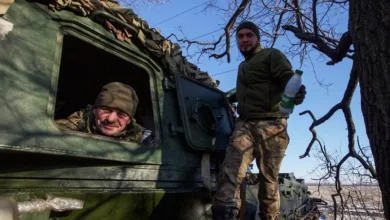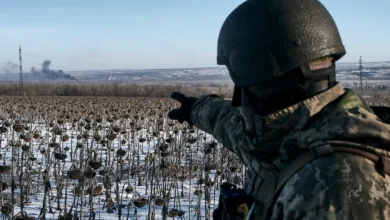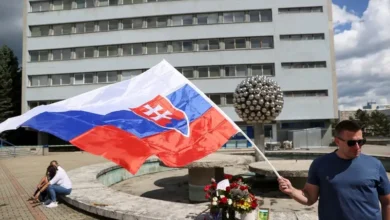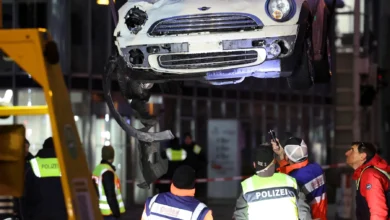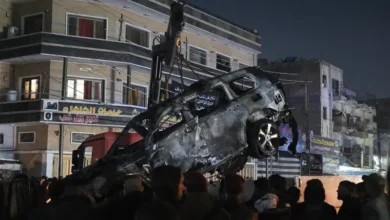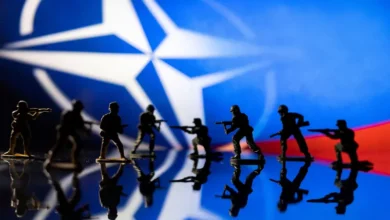Lebanon-Syria border clashes reflect new realities on the ground
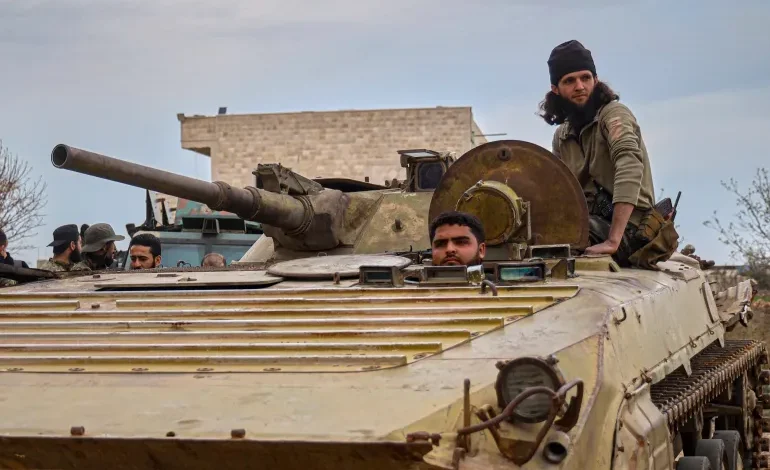
Recent clashes along the Lebanon-Syria border have drawn in their respective armies and threaten to disrupt both governments’ efforts to establish their authority.
The clashes appear to have calmed for the moment, as a ceasefire agreement between the two parties was reached late on Monday, March 17.A blurry border
Following Hezbollah’s intervention in the Syrian war, it extended its authority over both sides of the border.
But after Bashar al-Assad’s regime spectacularly collapsed in early December, cutting off a key supply line for a Hezbollah diminished by an indiscriminate Israeli war on Lebanon, a struggle emerged.Its rugged terrain, paired with the historical absence of the Lebanese state, made it ripe for smuggling – particularly in the area where the clashes took place.
“This section of the border – like the entire Lebanese-Syrian border – became increasingly blurred during the Syrian war,” Tokmajyan said. “Hezbollah expanded into Syria through social, economic, and military networks, facilitating both licit and illicit cross-border activities.”
On the Syrian side, Maher al-Assad’s 4th Armoured Division facilitated smuggling operations with crime syndicates in Lebanon, according to Caroline Rose, director of the Strategic Blind Spots Portfolio at the New Lines Institute think tank.
The crime syndicates are often run by members of powerful tribes in the northeast, who play integral roles in politics and local social affairs and have built relations with Hezbollah since the group’s establishment in the 1980s, often having overlapping or shared interests.
They “now find themselves without a key ally and source of cross-border protection”, Rose said, noting that since the fall of the al-Assad regime, the 4th Armoured Division could no longer operate.New governments have come to power in Lebanon and Syria and their respective leaders have spoken about the need to demarcate the border. This would disrupt smuggling routes for both crime syndicates and Hezbollah who, experts said, benefits from the current lawlessness along the undefined border.
“These clashes signify a key power struggle not only between criminal syndicates and clans engaged in illicit smuggling over the control of routes, but a greater struggle with state forces as their capacity grows in Syria and Lebanon, respectively,” Rose said.Clashing narratives
The latest round started on Saturday, March 15, after the killing of three Syrian soldiers. The circumstances of how they died, however, are disputed.
Syria’s interim government claims Hezbollah fighters entered Syrian territory, ambushed and kidnapped three soldiers near the Zeita Dam, brought them back to Lebanese territory, and executed them.“A group from Hezbollah militia ambushed and kidnapped three Syrian Arab Army personnel on the Syrian-Lebanese border near the Zeita Dam, west of Homs, before taking them to Lebanese territory and executing them on the spot,” SANA, the Syrian state-owned news agency wrote on X on March 16.The bodies of the three men were returned to Syria via the Lebanese Red Cross.
Hezbollah denied any involvement in their deaths, saying in a statement it “has no connection to any events taking place within Syrian territory”.
Lebanese media reported that the three men entered Lebanese territory and clashed with people from local tribes – some of whom have relations with Hezbollah – who feared they were under attack.Lebanon’s Minister of Information Paul Morcos said the three Syrian men were smugglers, while some local Lebanese media said they were smugglers with allegiances to the recently disbanded Syrian group Hayat Tahrir al-Sham (HTS). Many of Syria’s top officials, including its new leader Ahmed al-Sharaa, come from the group.
What is known is that Syria’s Ministry of Defence laid the blame on Hezbollah and dispatched troops to the border in the Homs province, across from Lebanon’s northeast, where they began shelling Lebanese border towns.The hostilities killed seven Lebanese citizens and 10 Syrian soldiers, while another 52 Lebanese were injured. Others were also wounded on the Syrian side, including some journalists embedded with the Syrian army.
When the clashes began, Lebanese President Joseph Aoun sent troops to the area and instructed them to return fire.
